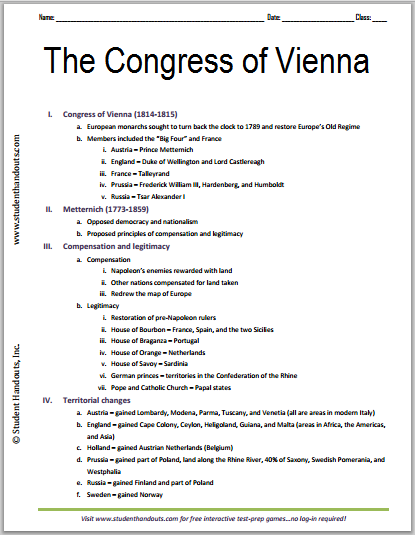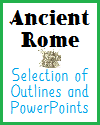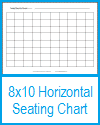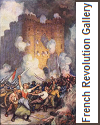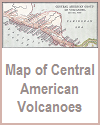The Congress of Vienna |
| www.studenthandouts.com > World History > Napoleonic Era > Napoleonic Era Outlines & PPTs |
|
a.
European monarchs sought to turn
back the clock to 1789 and restore Europe’s Old Regime
b.
Members included the “Big Four”
and France
i.
Austria – Prince Metternich
ii.
England – Duke of Wellington and
Lord Castlereagh
iii.
France – Talleyrand
iv.
Prussia – Frederick William III,
Hardenberg, and Humboldt
v.
Russia – Tsar Alexander I
II.
Metternich (1773-1859)
a.
Opposed democracy and nationalism
b.
Proposed principles of
compensation and legitimacy
III.
Compensation and legitimacy
a.
Compensation
i.
Napoleon’s enemies rewarded with
land
ii.
Other nations compensated for
land taken
iii.
Redrew the map of Europe
b.
Legitimacy
i.
Restoration of pre-Napoleon
rulers
ii.
House of Bourbon – France, Spain,
and the two Sicilies
iii.
House of Braganza – Portugal
iv.
House of Orange – Netherlands
v.
House of Savoy – Sardinia
vi.
German princes – territories in
the Confederation of the Rhine
vii.
Pope and Catholic Church – Papal
states
IV.
Territorial changes
a.
Austria – gained Lombardy,
Modena, Parma, Tuscany, and Venetia (all are areas in modern
Italy)
b.
England – gained Cape Colony,
Ceylon, Heligoland, Guiana, and Malta (areas in Africa, the
Americas, and Asia)
c.
Holland – gained Austrian
Netherlands (Belgium)
d.
Prussia – gained part of Poland,
land along the Rhine River, 40% of Saxony, Swedish Pomerania,
and Westphalia
e.
Russia – gained Finland and part
of Poland
f.
Sweden – gained Norway
V.
Fate of nationalism
a.
People had no say over
territorial changes
b.
Language, nationality, and
religion weren’t taken into consideration
c.
Ideas of democracy and
self-government were rejected by European leadership
d.
Soon enough, concessions were
made
VI.
Louis XVIII of France
a.
No more divine right of kings
b.
Charter (Constitution) granted in
1814
c.
Could not restore feudalism and
serfdom
d.
Continuing religious toleration
guaranteed
VII.
Buffer states
a.
Designed to prevent France from
again becoming a threat
b.
Holland and Sardinia enlarged and
strengthened
c.
European nations guaranteed
Switzerland’s neutrality
VIII.
Quadruple and Holy Alliances
a.
Metternich desired to maintain
the status quo and make the Vienna treaties permanent
b.
Quadruple Alliance of 1815
i.
Austria, England, Prussia, and
Russia
ii.
France joined in 1818
iii.
Pledged to put down democratic or
nationalistic revolts
c.
Holy Alliance
i.
Organized by Tsar Alexander I of
Russia
ii.
Most European monarchs joined
iii.
Pledged to govern with charity,
justice, and peace
1.
But none of them did so
IX.
Results of the Congress of Vienna
a.
Concert of Europe – group of
leading nations which periodically met to discuss issues
regarding stability
b.
Temporary suppression of
democratic and nationalistic ideals
c.
International peace – no general
war in Europe until World War I a hundred years later
i.
Crimean War (1854-1856)
ii.
Austro-Prussian War (1866)
iii.
Franco-Prussian War (1870-1871)
X.
Review questions
a.
What countries made up the “Big
Four” at the Congress of Vienna?
b.
What were the principles of
compensation and legitimacy?
c.
How did the Congress of Vienna
redraw the map of Europe?
d.
What was the purpose of the
Quadruple Alliance? e. What were the results of the Congress of Vienna? |
 |
|---|
| Napoleonic Era Books and Films | Napoleonic Era Outlines and PowerPoints |
| Napoleonic Era Maps and Pictures | Napoleonic Era Study Games |
| Napoleonic Era Miscellany | Napoleonic Era Worksheets |


